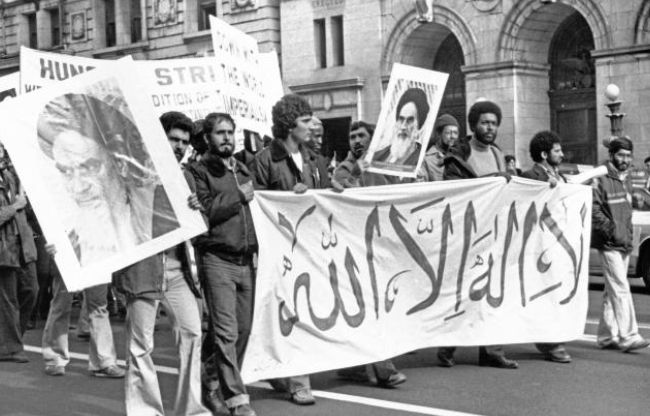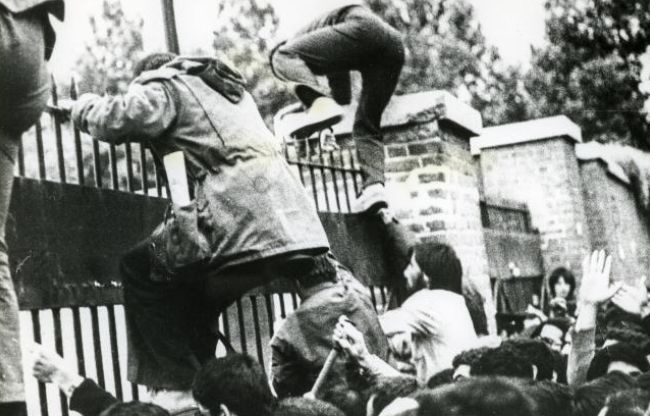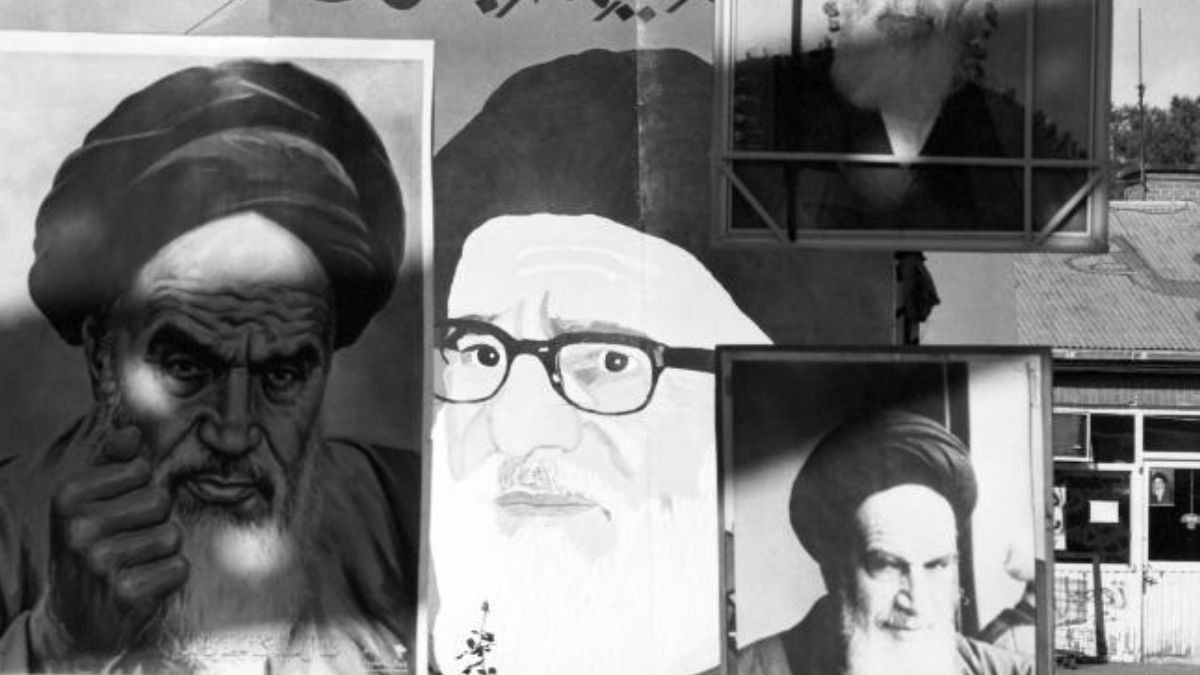Covering approximately 1.65 million square kilometers, Iran's recent actions have heightened tensions in the Middle East. Iran launched over three hundred missiles and drones at Israel on Sunday night. However, Israel claims to have intercepted 99% of these threats.
The offensive was in retaliation to an airstrike on the Iranian consulate in Damascus, Syria, that occurred on April 1st. After the April 14th attacks on Israel, Iran declared its objectives had been met and saw no further need for aggression.
Nonetheless, hostilities continue to escalate. Iran's ambassador to the United Nations warned that any further mistakes from Israel would provoke serious repercussions.
Beyond these threats to Israel, Iran has also issued warnings against the United States. Iran insists that the conflict is between them and Israel, advising the U.S. to stay clear of the warfare.
However, the Iran of today contrasts sharply with its past. There was a time when it maintained friendlier ties with both Israel and the United States. There was an era when Iran was as open-minded as Western countries are today. But now, it has become a staunchly Islamic nation, where not wearing a hijab can result in punishment.

Source: aajtak
Iran's Liberated Past
In the 70s, Iran epitomized bold modernity comparable to today's Western world, with an embrace of Western culture. There was no restriction on attire or dietary choices.
Iran's boldly progressive stance resulted from the policies of Reza Shah Pahlavi. In 1936, Pahlavi banned the hijab and burqa, marking a revolutionary moment for women's liberation.
After Reza Shah, his son, Reza Pahlavi, took the throne. However, in 1949, a new constitution was adopted. Mohammad Mossaddegh became Prime Minister in 1952, but a coup d'état thwarted his rule in 1953, reinstating Reza Pahlavi as the dominant authority.
Under Pahlavi's rule, even though the ban on hijab and burqa remained, men started restricting women from stepping out. Pahlavi did allow some leniency but was committed to Western ideals.
This lead to Pahlavi being labeled as America's puppet. Among his opposition was Ayatollah Ruhollah Khomeini. In 1964, Pahlavi exiled Khomeini from Iran.
Read about the inception of a Jewish nation:
The Islamic Revolution Unfolds...
In 1963, Iran's ruler, Reza Pahlavi, announced the White Revolution—an extensive economic and social reform policy pushing Iran towards Western values, causing widespread controversy.
Falling oil prices in 1973 crippled Iran's economy. By September 1978, public unrest peaked with mass protests against Pahlavi, orchestrated by clergy believed to be guided by Khomeini from France.
These tumultuous times led to Pahlavi fleeing with his family to the United States on January 16, 1979. Shapour Bakhtiar was made interim Prime Minister as Pahlavi departed.

Source: aajtak
Khomeini's Triumphant Return to Iran
Bakhtiar allowed Khomeini's return to Iran, albeit on the condition that Bakhtiar remained Prime Minister. February 1979 saw Khomeini's return to his homeland.
Despite Bakhtiar's incumbency, the protests didn't cease. Khomeini appointed Mehdi Bazargan as interim Prime Minister, resulting in two concurrent Prime ministers.
As the government's hold weakened and fissures in the military emerged, everyone from soldiers to civilians gradually submitted to Khomeini's rule.
Discover the Shia-Sunni dynamics:
The Overnight Transformation of Iran
A referendum in March 1979 decisively voted to establish Iran as an Islamic Republic. Immediately, 'Islamic Republic of Iran' became the official name.
With power in Khomeini's grasp, work on a new constitution based on Islam and Sharia law began. The opposition resisted, but Khomeini demanded laws based '100% on Islam.' Despite resistance, by the end of 1979, the new constitution was adopted.
Following the adoption of Sharia law, stringent restrictions were enforced in Iran. Women's freedoms were revoked, mandating the hijab and burqa. By 1995, a law was enacted giving officials the right to jail women up to the age of 60 for not wearing the hijab. In Iran, penalties for non-compliance could extend to 74 lashes or 16 years in prison.
This revolution radically altered Iran. Prior to the 1980s, Iran enjoyed as much sociocultural freedom as Western nations. Women could dress liberally and mingle with men. However, the Islamic Revolution locked down the 'open' Iran, signaling the end of its age of liberalism.

Source: aajtak
America's Struggle for Power
While the Islamic Revolution was in full swing in Iran, an event weakened America. Iran's people were insistent on the return and punishment of Reza Pahlavi.
On November 4, 1979, Islamic students gathered outside the U.S. embassy in Tehran, surrounding it. Khomeini supported this siege, while protesters demanded Pahlavi's extradition from America, who refused.
The days passed with no resolve. The UN intervened to no avail. At the embassy, 52 Americans were held hostage.
The standoff continued for almost a year until Pahlavi's death in Egypt, where he was buried. The siege persisted. America seized Iranian assets, but it didn't break the stalemate.
Finally, American elections brought Ronald Reagan to presidency, leading to a U.S.-Iran agreement in Algeria, which eventually freed the hostages. The Americans were held for 444 days, marking a profound impact on U.S. policy.




